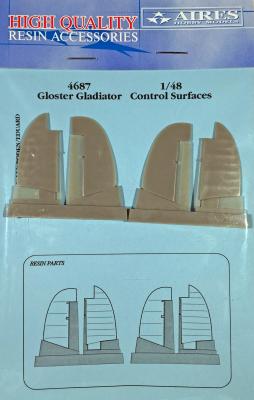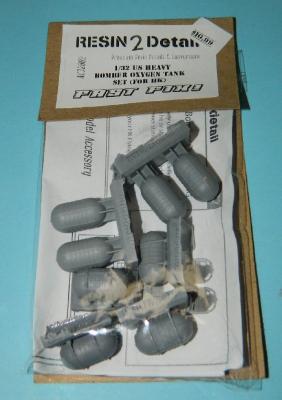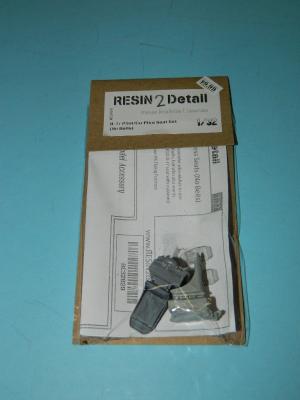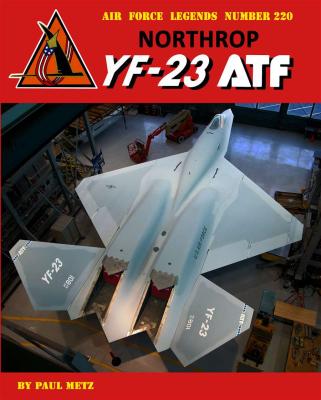I’ve always had a soft spot for the Gladiator, as in my opinion it is one of the best looking biplane aircraft ever designed. The Gladiator prototype first flew in 1934 and entered service in 1937, just a year and a half ahead of the Hawker Hurricane. The Gladiator was utilized by 18 nation’s air forces during the war, and its last recorded combat operation being flown by the Finns in February of 1943 ended with a Soviet R-5 recon plane being shot down.
This resin set by Aires is not my first experience with their products. Like their other products, the resin is smooth, bubble and blemish free. What I really like is that the part includes the attachment tab for locating the stabilizer to the fuselage. As a builder, you really only need to know that the part will drop right in and a resin friendly glue will be necessary to attach the fuselage. Certainly don’t forget to wash the part clean before priming and painting.















